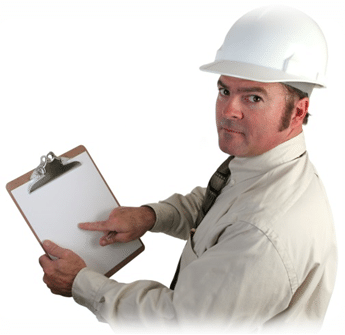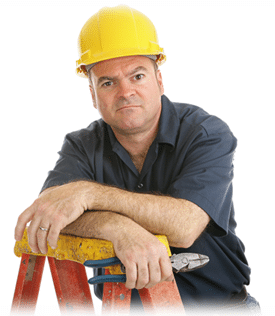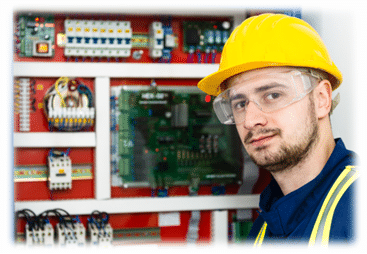Injuries, audits, complaints, oh my! These are enough to keep any EHS professional up at night. With downsizing efforts impacting every industry, the availability of in-house machine-safety expertise has declined. Still, as an employer, you bear the responsibility to provide a safe and compliant work environment for your employees. The stakes are high since machine-safety incidents can result in serious, if not fatal, injuries. The potential for machine-related injuries or regulatory audit findings should always be at the forefront of your mind. You know your machinery needs to be both safe and compliant, but you’re just not sure how to get there.
If this sounds familiar, don’t worry — you aren’t alone. The complexity and obstacles associated with machine safety can overwhelm any EHS professional (or anyone assigned to manage a machine-safety upgrade project). At MPSA, we call this the “Gray Space” phase of the project. It’s not a fun place to be and only gets worse when internal stakeholders pressure you with a deluge of questions and concerns about potential machine changes. Below are a few examples; if you are currently in the Gray Space, a few of these excerpts may sound all too familiar:
|
HR Manager “We had a very serious machine-related injury. We need to do something about this now. It could have easily been a fatality!” |

Procurement Manager “The equipment manufacturer refuses to modify our unsafe machine. They say we need to replace it!” |

Production Supervisor “Safety changes aren’t necessary. They’ll only reduce production and increase our cycle times!” |

Operations Manager “We had a third-party risk assessment that identified several risks, but they didn’t tell us how fix them.” |

Plant Manager “We can’t leave the machine like this. If we have a regulatory inspection or audit, there will definitely be a violation.” |

Engineering Manager “For all we know, safety upgrades will cost more than the machine is worth.” |

EHS Manager “The OSHA, ANSI, ISO, and NFPA safety standards are very confusing.” |

Maintenance Manager “Safety changes will only restrict our access. Maintenance and repair will be impossible.” |

Automation Manager “You bought these safety components? They’re not control-reliable! The safety-control design must be ISO compliant.” |

Quality Manager “We need to make sure any machine changes are validated and have Management of Change (MOC) documentation.” |
While in the Gray Space, these impacted stakeholders have opinions and valid concerns about how upgrades may impact their work or responsibilities. More often than not, nobody has the full authority or knowledge to resolve all of the comments or concerns. Thus, the Gray Space has the potential to stagnate any real solutions. All the while, employees remain at risk for serious injuries due to unresolved machine-safety hazards. | |
If your machine-safety upgrade needs are for common workshop equipment (e.g., lathes, drill presses, bench grinders, CNC machines, or cut-off saws), then you have an easier path in front of you. There are several “off-the-shelf” commercial solutions to choose from. State and federal OSHA regulations and industry consensus standards provide ample guidance on guard design, required dimensions and performance specifications for most workshop machinery.
However, if your machine safety upgrade needs are for high-speed, highly automated or robotic equipment, or an assembly of multiple machines, then the complexity and cost of machine-safety upgrades are much more complex. This is when many employers need to reach out to an external machine-safety partner for assistance. They can help navigate this complex and often lengthy process that may take months, if not years to complete. There are some proven approaches for implementing successful machine-safety upgrade projects, and several of these approaches follow a management-system framework that should be familiar to many manufacturing and EHS professionals. When an internal safety project takes a dive into the Gray Space, seeking the assistance of external resources with expertise and real-world solutions is often the best approach to get your machine-safety project back on track.
In conclusion...
With internal machine-safety projects, there always seems to be a deluge of problems and no clear-cut solutions. Without in-house machine-safety expertise, the best way to achieve safety solutions is by seeking the services of an outside machine-safety partner. They can address your stakeholders’ questions and concerns and “take the wheel” during your machine-safety journey. For tips on how to select your machine-safety partner, we suggest reading our article, “Never Hire a Machine-Safety Company Without Asking These 10 Questions”.
Learn more and contact us:
Learn about MPSA's Turnkey Machine Safety Solutions
Contact an MPSA Machine Safety Expert








Leave Comment